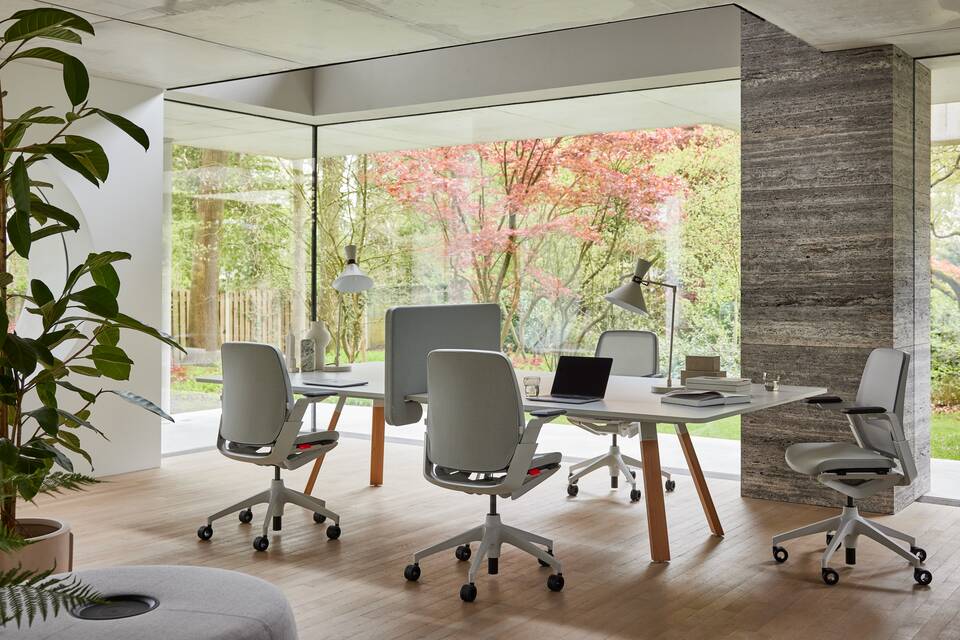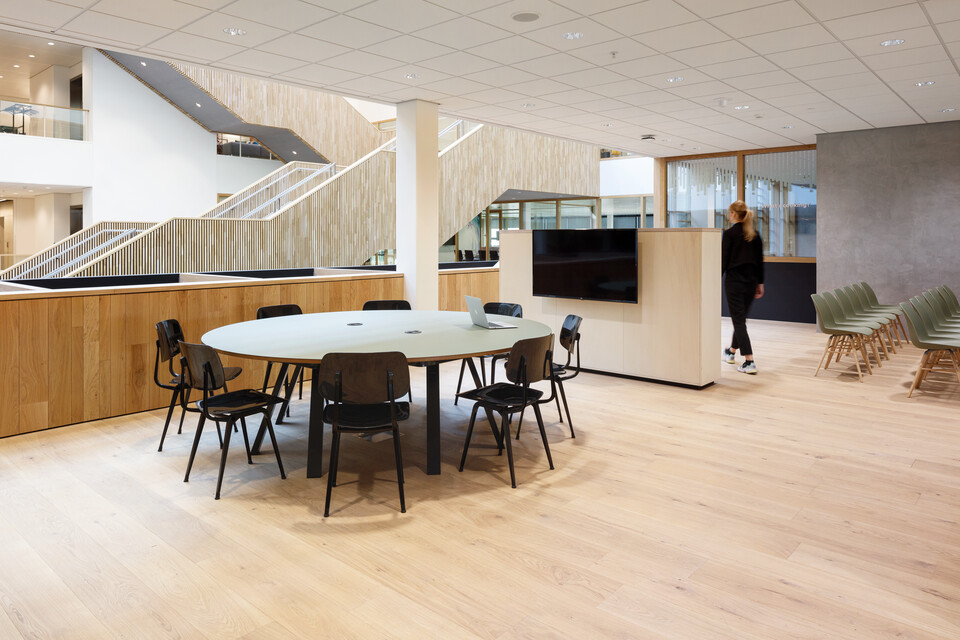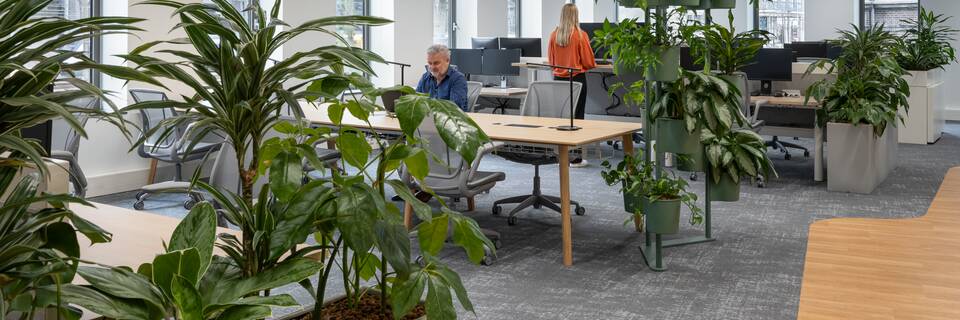
In conversation with Dionne Ewen: "We help customers use their furniture for as long as possible"
In line with the Paris Climate Agreement, Ahrend wants to reduce CO2 emissions throughout the chain to 0 by 2050. To achieve this, Ahrend is fully committed to the circular economy. This is about extending the lifespan of products, minimizing waste and maximizing reuse. Dionne Ewen, sustainability & ESG manager, explains how Ahrend makes a difference with circular services.
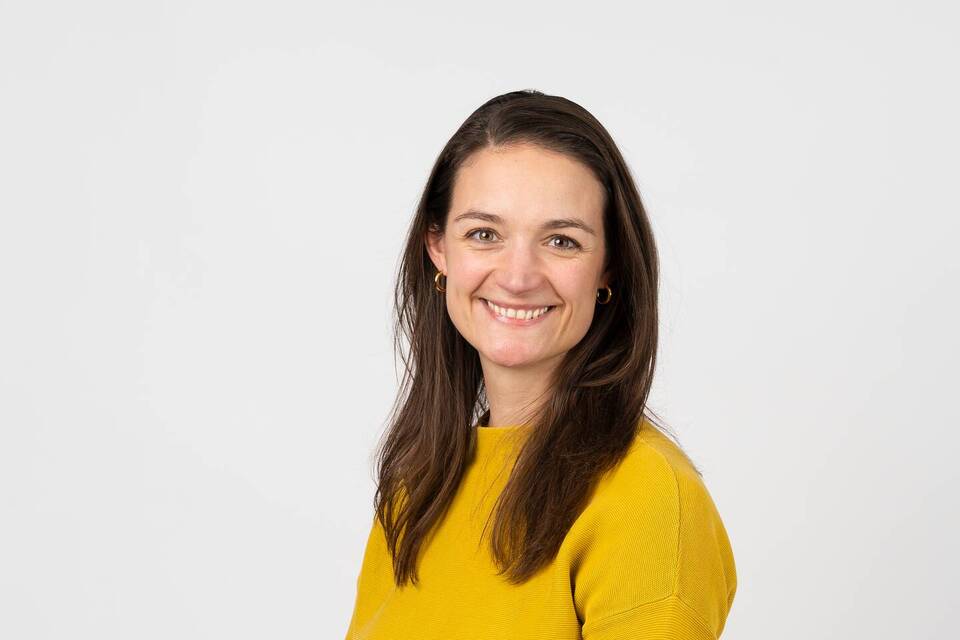
"As a consultant, I became involved in the circular economy several years ago. My economic background and my drive to work for a sustainable world came together perfectly. I found the old concept of sustainability a bit woolly, it didn't get off the ground yet. Thanks to the circular economy, sustainability – with business models and ways of financing – was given a concrete economic interpretation. As co-author of the book Route Circulair , I researched the circular economy at companies, including Ahrend. Not much later, I started working at Ahrend as a circular economy manager."
Setting up circular services
"More than 6 years ago, I started as a circular economy manager at Ahrend and worked on material innovations and setting up our circular services, such as reuse, refurbishment, take back, material innovations and leasing furniture. A big transition, because instead of focusing on selling products, we shifted the focus to offering services to use products for as long as possible. So a different way of making money."
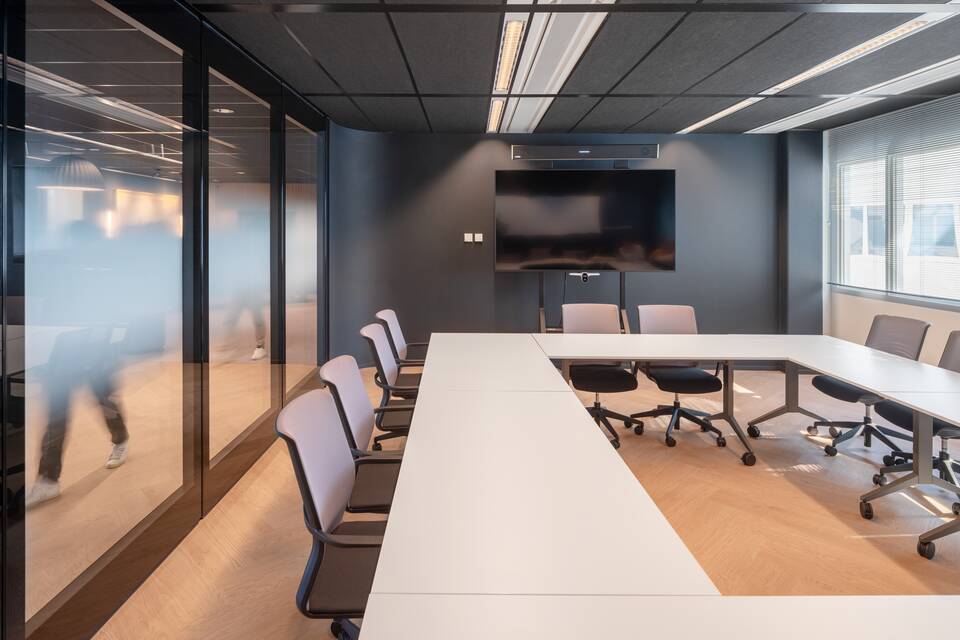
To 0 emissions by 2050
"The circular economy became more and more alive in our organization and so my role broadened. As sustainability & ESG manager, I am now involved in everything that has to do with sustainability: purchasing requirements for suppliers, product development, process optimization, CO2 reduction. Two years ago, we committed ourselves to the Net-Zero Science Based Targets of the Science Based Targets initiative (SBTi). In line with the Paris Climate Agreement, we will reduce CO2 emissions in our entire chain to 0 by 2050. And thus contribute to limiting the global temperature rise to 1.5°C. This means that we also encourage all our suppliers to make their products and processes more sustainable."
‘By 2050, we will reduce CO2 emissions in our entire chain to 0.’
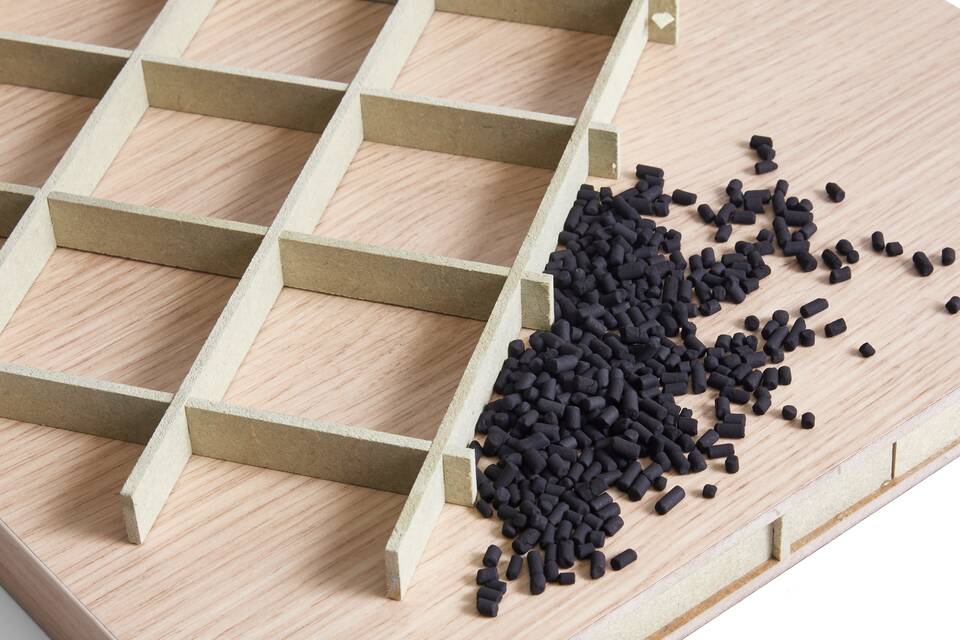
Substantiate with figures
"To get sustainability and circularity better on the agenda, good research is indispensable. In the 1990s, Ahrend was already researching the environmental impact of products, even before LCA calculations existed. Nowadays, there is more and more insight into the environmental impact of products. At the same time, I often still see nonsense claims and greenwashing by companies. This makes it difficult for consumers to make truly sustainable choices. By substantiating claims with research and figures, we ensure transparency."
Circular economy versus linear economy
The circular economy is a model of production and consumption in which existing materials and products are shared, rented, reused, repaired, refurbished and ultimately recycled for as long as possible to reduce the demand for new raw materials. This means that waste is minimized and product lifecycles are extended. When a product reaches the end of its life, the materials are kept within the economy as much as possible with recycling. This is the opposite of the traditional, linear economic throwaway model. In this model, companies are incentivized to sell and produce as much as possible, which depletes the earth and creates a lot of waste.
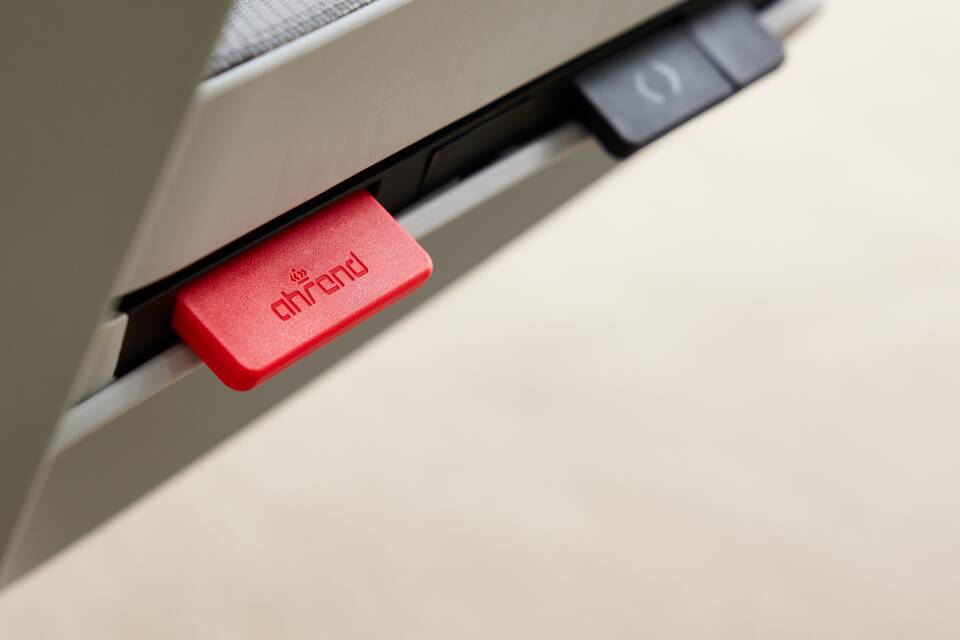
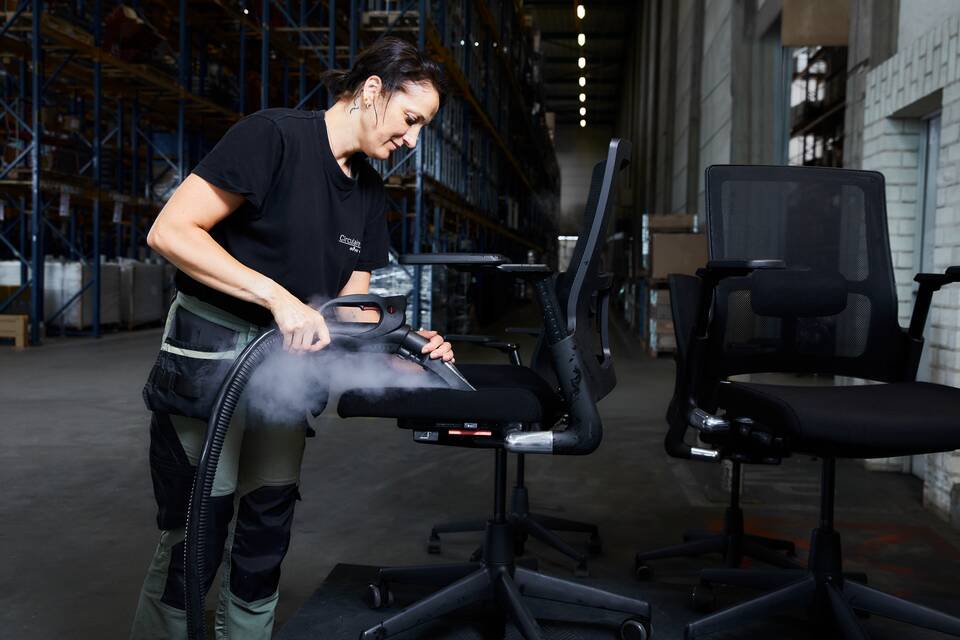
Use things longer
"For most products, raw materials are still extracted from the ground. A circular way of working contributes to asking less of the world. And by producing less new, CO2 emissions are also reduced. Almost all large companies today have a climate agenda and, like us, are working towards 0 emissions by 2050. The profit we can make on CO2 emissions is mainly in the products we make, supply or purchase. And the biggest blow is to use the stuff that is already there for longer. That is why we are committed to circular services. In this way, we help companies to achieve their sustainability ambitions and drastically reduce CO2 emissions."
As good as new
"With our circular services, we help companies purchase in a conscious way. We also buy back used furniture so that it can be reused at other customers, the so-called Take Back service. For example, we already have about 100,000 items in stock in the circular hub. These are used pieces of furniture that we have purchased and whose lifespan we extend by refurbishing them . We then offer them from our Revived Collection. Or we make them completely customized to the wishes of our customers. This furniture is 'as good as new' and comes with the same warranty as new products. In a personal dashboard, the customer can see what the environmental impact of the furniture is compared to new."
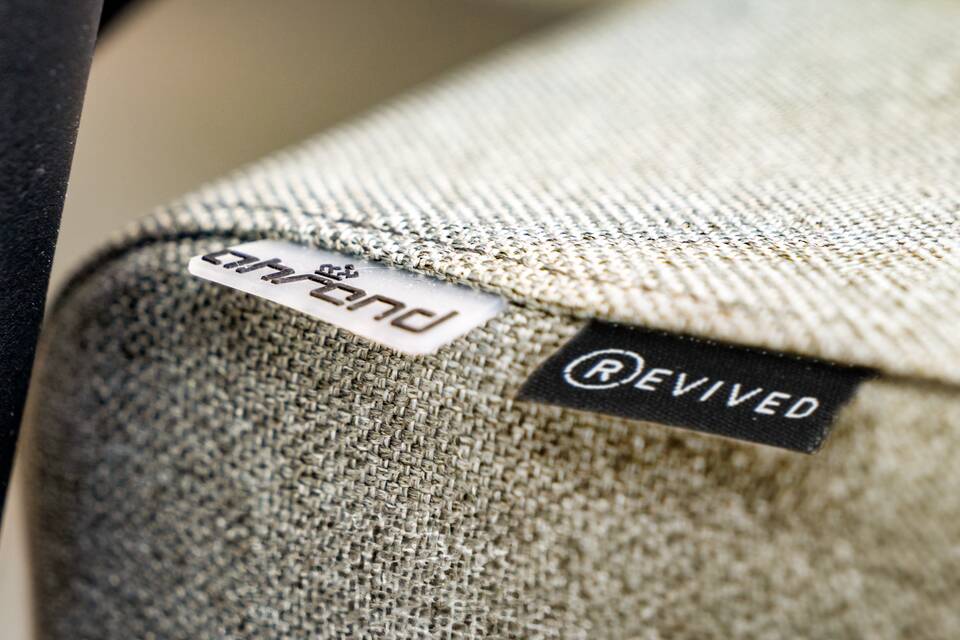
Making it attractive
"The goal is not to produce nothing at all. But the needs of customers are changing: if their chair is broken, for example, they don't need a completely new chair, but a new part. And that requires a different way of product development for us. Now, for example, we are getting many fixed height tables back in the circular hub. We adjust the frame to height-adjustable and then they can be used for years to come. That's so different from what some companies still do. With phones, for example – if a part is broken, you have to buy a new one immediately. Or take fast fashion or fast furniture: clothing and furniture that are made for the short term. We want to make reuse attractive. By adjusting something small, for example the upholstery of the chair or a base of a desk, it is as good as new, it fits the zeitgeist again. And it will last for years again."
Like a rocket
"Ahrend's products were already ready for the circular economy. Sustainability is ingrained in us. For example, we already set requirements for our suppliers, for example in the field of ethics and harmful substances. And we have always made products modular and lightweight. But what we didn't do much was get things back and refurbish them. That is why we are now professionalizing our service model. This is already paying off, because the successful circular hub is going like a rocket. Furbished products are in high demand. We just have to convince people even better that they really get furniture as good as new. Not only when they buy refurbished, but also when we maintain or repair their stuff."
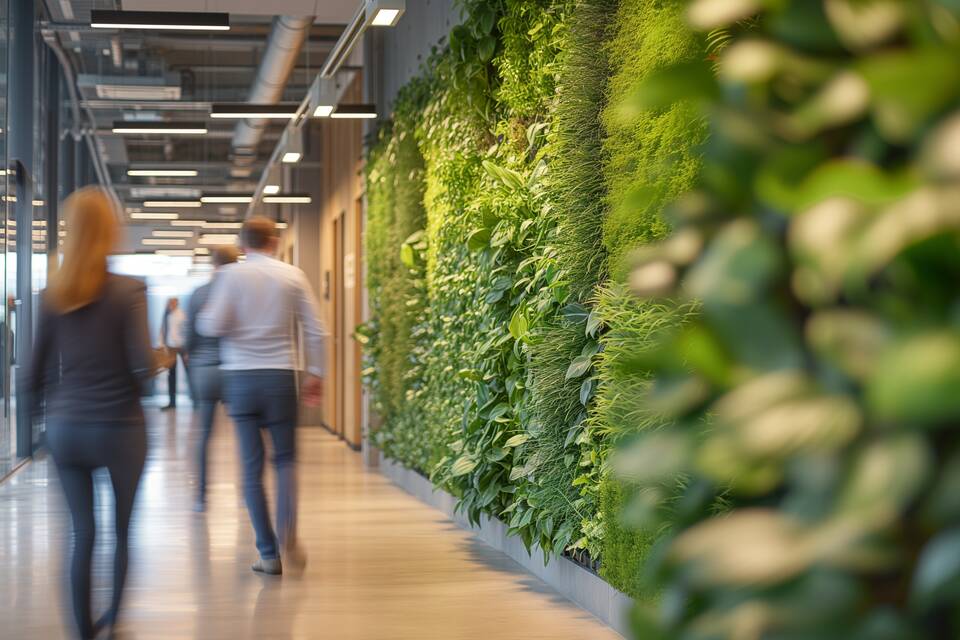
Impact calculation
"With our products, our customers receive an impact calculation, also known as an EPD or LCA. This way they can see what the ecological footprint of a product is. We also provide an impact calculation for our circular services. Suppose you have only had the seat cover replaced, then you will gain insight into how much CO2 you have saved compared to a completely new chair. The CO2 savings compared to new can be between 75% and 90%. This transparency is very important for our customers: it provides direct insight into the effect of their purchasing choices. And they can report and justify it with demonstrable evidence. The environmental impact of furniture is regularly underestimated, but there is a lot to be gained by making conscious choices."
‘With an impact calculation, customers can see what the ecological footprint of a product or service is.’
Coffee machine
"Leasing – or Furniture as a Service – also plays an important role in our circular services. We are increasingly trying to draw attention to the benefits of this. For many products and services, leasing is already quite normal. Think of coffee machines, printers, cars, IT, telephones and even entire office buildings. Leasing furniture should make just as much sense. Many organizations will have to deal with a relocation, reorganization or simply different wishes in terms of design within nine years. With leased furniture, they remain flexible. Without getting rid of things and wasting money, they can adjust their interior to their liking."
Curious about how circular services extend the lifespan of furniture and contribute to your organization's sustainability goals?
Read more about our circular services